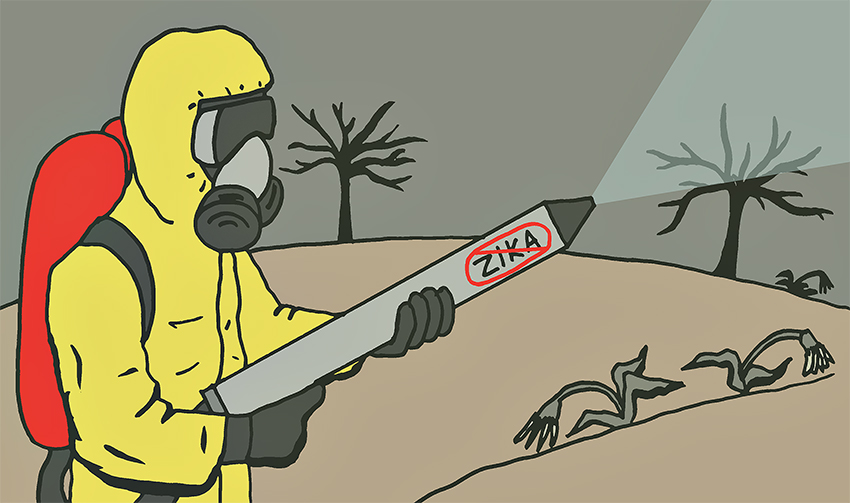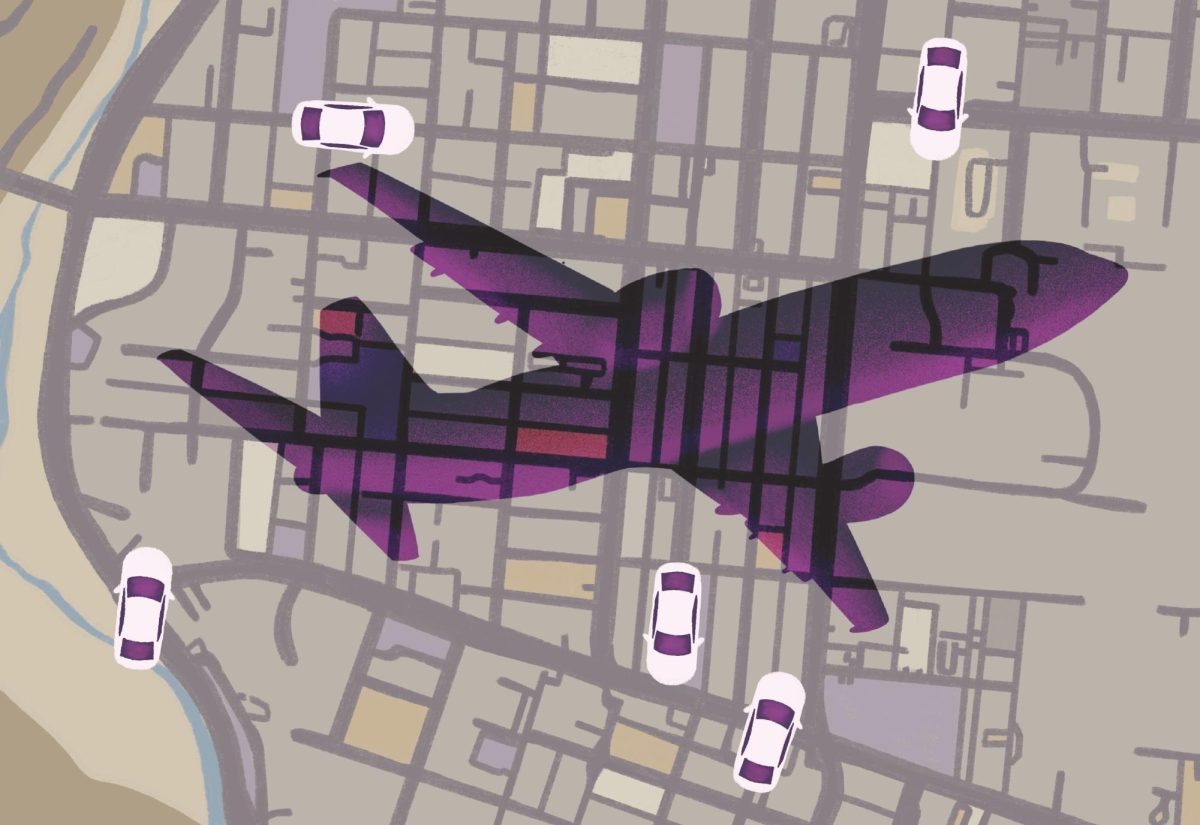About a year after Ebola terrorized the American public, Zika has emerged as the new, mysterious virus to be feared. The virus spreads through infected Aedes mosquitoes and is believed to cause microcephaly — a birth defect associated with incomplete brain development. In response, the World Health Organization declared a global public health emergency on Monday, and now, experts are searching for solutions.
As no vaccine or cure currently exists for Zika, the only way to prevent infection is to avoid bites by mosquitoes carrying the virus. Reducing mosquito populations would aid this effort, and to do this some individuals have insisted on bringing back DDT — a highly persistent insecticide which was banned in the United States in 1972. Considering the chemical’s extensive damage to wildlife populations and possible carcinogenic effects, these proposals should be discarded.
DDT’s widespread use began in 1945 due to its low cost, effectiveness and versatility. However, environmentalist Rachel Carson called its use into question when she published her epochal book “Silent Spring” in 1962. Carson focused on the damaging effects humans have on the natural world and helped spur public awareness for the environmental movement.
“Only within the moment of time represented by the present century has one species — man — acquired significant power to alter the nature of the world,” Carson said in “Silent Spring.”
The book highlighted the effects of DDT on bird populations, explaining how fish absorbed the chemical in their fatty tissues, and when consumed, transferred it to birds in a process called bioaccumulation. The presence of DDT in these birds caused noticeable eggshell thinning and lowered their reproductive success, leading to eventual declines in populations.
To no surprise, the chemical industry attacked Carson by saying her findings were only speculation, even though several studies proved them to be true. But if environmental damage does not hit close to home for DDT supporters, they should consider possible risks to humans. Several groups such as the Department of Health and Human Services, International Agency for Research on Cancer and the Environmental Protection Agency classify DDT as a possible human carcinogen. Using DDT again could eliminate the threat of Zika, but bring on other complications such as cancer.
Time and time again, humans have created seemingly harmless solutions to problems, only to see unintended consequences surface. Leaded gasoline prevented engine knocking and the possibility of subsequent explosions, but hurt the public with lead-related health problems. CFC’s were a safe substitute for toxic refrigerants, but depleted stratospheric ozone levels. We have already learned that DDT curbed mosquito-borne illness at the cost of wildlife populations, and proposals to end its ban would bury lessons learned from past environmental catastrophes.
To prevent future generations from making the same mistakes, science education must teach sustainability. The University of Texas at Austin does just that by offering Sustaining a Planet — an undergraduate course focusing on environmental problems and the challenges in overcoming them. Biochemistry freshman Melissa Lam completed the course last fall and said she believes the environment is easily disrupted by human activity.
“The natural world is something humans are far from fully understanding,” Lam said. “When humans act in ways ignorant of the delicate balance between natural systems, we often face serious consequences.”
Instead of relying on DDT to stop Zika, humans should take less damaging precautions. The Center for Disease Control recommends wearing long-sleeve clothing, staying indoors and avoiding travel to affected areas. If humans follow steps to ensure their personal safety, the effects of Zika can be lowered without compromising other aspects of the environment.
Chan is a journalism freshman from Sugar Land. Follow him on Twitter @BenroyChan.





















